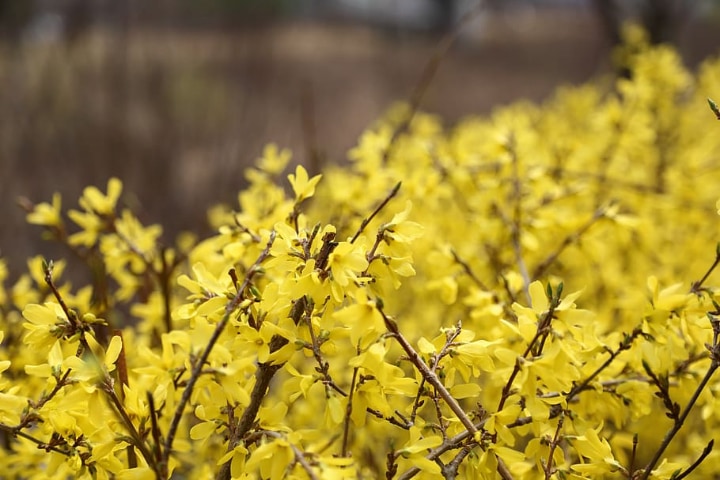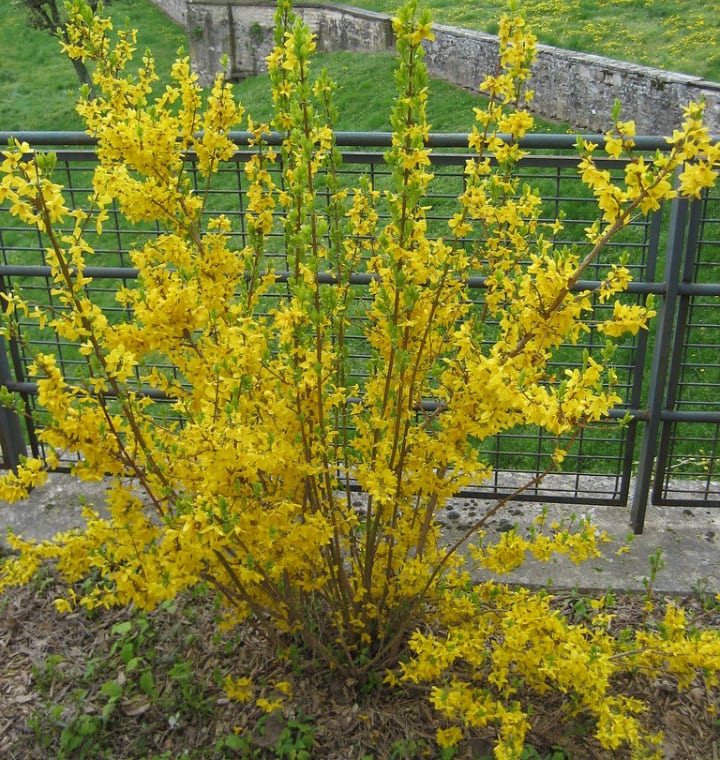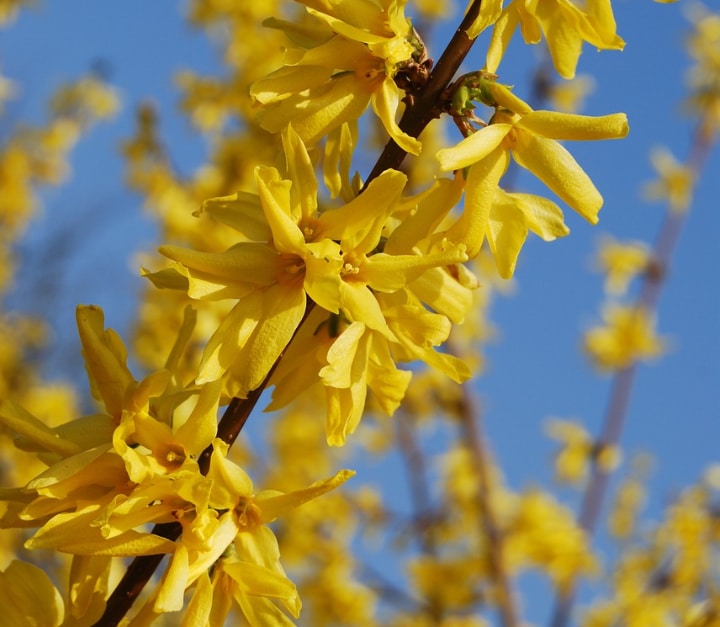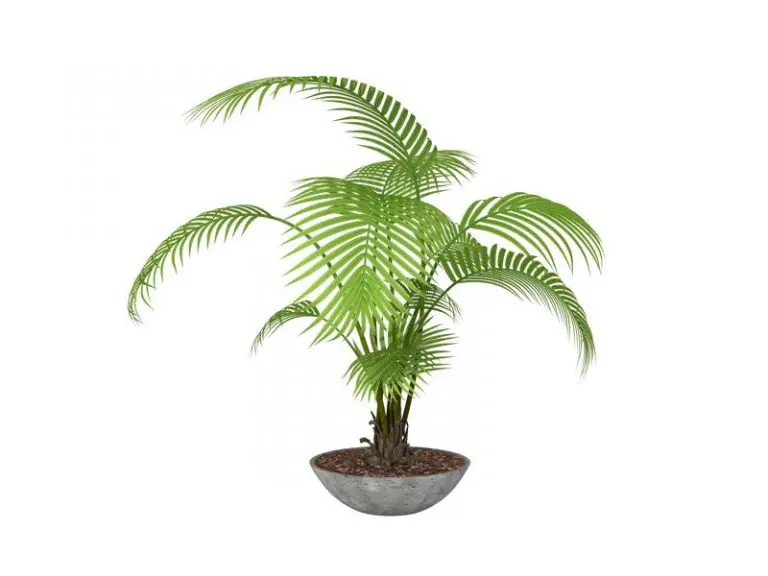ChatGPT said:
Welcome the spring season with a burst of cheerful yellow flowers—yes, we’re talking about forsythia! This vibrant, shrubby perennial is perfect for adding color to your yard as a beautiful backdrop, centerpiece, or even a border. You can also use it as a fast-growing flowering hedge, making it an ideal addition to your garden all year long. Let’s dive into some of the most interesting varieties of forsythia and how to grow them!
What is Forsythia?
Forsythia is a yellow flowering shrub that’s known for its long, arching branches and sunny blooms that appear in early spring, before any leaves show up. It creates a beautiful sight as it bursts into golden flowers, brightening up your garden after a long winter.
Symbolism of Forsythia
Forsythia symbolizes the spring sun and the anticipation of warmer days ahead. It’s no surprise that it’s often associated with springtime. In the Victorian era, people used forsythia to express feelings of dignity and respect towards someone they admired. While it might not be as commonly gifted these days, it’s definitely a colorful and meaningful addition to any garden.
Fascinating Forsythia Facts
Here are a few key things you might not know about forsythia:
- Named after William Forsyth, a Scottish horticulturist from the 18th century.
- Forsythia flowers come in various shades of yellow, ranging from pale to deep yellow. They’re bell-shaped and grow in clusters, typically measuring about 1 ¼ to 1 ½ inches in length.
- In traditional Chinese medicine, forsythia has been used to detoxify the body and treat ailments like fever and colds.
- Forsythia flowers are clever little plants—they tilt downward during rain to protect their pollen, helping keep the bees happy.
- It’s shade-tolerant, deer-resistant, and can withstand drought.
- Interestingly, forsythia is related to the olive tree, though it’s not edible!
Popular Forsythia Varieties

While most forsythia varieties share that signature yellow color, there’s a lot of variety in their shapes, sizes, and blooming times. Here are some of the most popular ones:
- Forsythia Suspensa
Also called Weeping Forsythia, this variety is native to Asia and is known for its pale yellow flowers. It can grow 8 to 10 feet tall, making it an excellent choice for hedges or slopes. It blooms in April and May, and its flowers are typically 4-petaled. - Northern Gold Forsythia
Known as the “official harbinger of spring,” this upright-growing plant blooms early in the season before the leaves appear. It grows 6-8 feet tall and thrives in full sun with moist soil. It’s perfect for creating a striking yellow landscape. - Border Forsythia (Golden Bells)
This medium-sized plant, often found in the South, is a hybrid between the Green-Stemmed and Weeping Forsythia. It produces vibrant yellow flowers and can grow in both full sun and partial shade. - Vermont Sun Forsythia
Known for its hardiness, this variety blooms sulfur yellow flowers from early February and has stiff, upright branches. It grows to 6-8 feet in height and can thrive in both partial shade and full sun.- Green Stem Forsythi
Also called Forsythia Viridissima, this variety is compact, growing to about 0.75-1 foot tall. It produces softer yellow flowers and grows well in partial shade or full sun. - Goldilocks Forsythia
A mutation of the Spring Glory variety, Goldilocks forsythia is a deciduous shrub with solid, compact flowers. It’s adaptable to low temperatures and does well in well-drained soil. - White Forsythia
This is the only forsythia variety with white flowers. These elegant blooms still share the same bell-like shape and cluster arrangement as their yellow counterparts. White forsythia can grow between 3 and 6 ½ feet tall and blooms from March to April. - Gold Tide Forsythia
A compact perennial with branches that grow along the ground, Gold Tide is great for ground cover. It blooms stunning lemon-yellow flowers in early spring and turns purple at the start of fall. - Arnold Dwarf Forsythia
This dwarf shrub reaches just 2-3 feet in height, perfect for smaller spaces. It has pale yellow flowers and produces dark green leaves that turn bronze-green in the fall. - Lynwood Gold Forsythia
A beautiful variety that blooms bright golden flowers up to 10 feet tall, this variety is low-maintenance and adds a wonderful splash of color to your garden. As the blooms fade, they turn red and orange, creating a stunning contrast with the dark green foliage.
Growing and Caring for Forsythia

Forsythia is unique because its flowers bloom before its leaves—giving you an unobstructed view of those beautiful blooms. In warmer climates, it can bloom as early as late January, but in most regions, it’ll show off its bright yellow (or white) flowers in March.
Growing Forsythia from Seeds

If you don’t have a forsythia shrub yet, you can easily grow it from seeds. Just make sure you’re choosing a variety that suits your local climate, and you can find seeds both online and at local garden centers.
Best Time to Plant Forsythia
For best results, plant your forsythia seeds in early spring. If you miss that window, you can plant them in the fall, but keep in mind that a harsh winter might damage the plant.
Soil and Light Requirements

Forsythia thrives in well-drained, medium-nutrient soil. It’s not too picky about soil conditions but grows best in clay and loam. The ideal pH is between 6.8 and 7.7, and if your soil is too acidic, you can adjust it with powdered limestone. If it’s too alkaline, add some sublimed sulfur.
These plants need at least 6 hours of direct sunlight a day to bloom beautifully. While they can tolerate partial shade, less sunlight may cause them to grow more slowly and produce fewer flowers.

